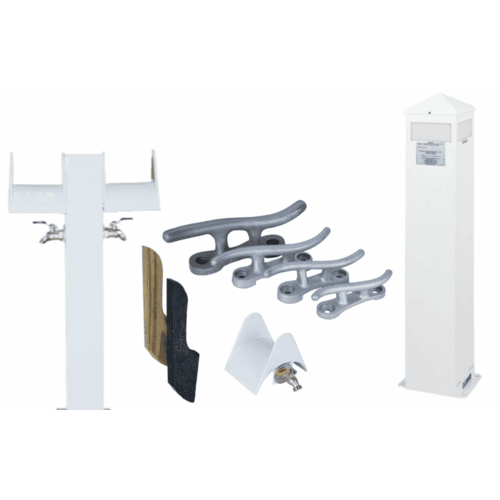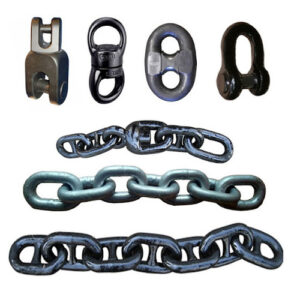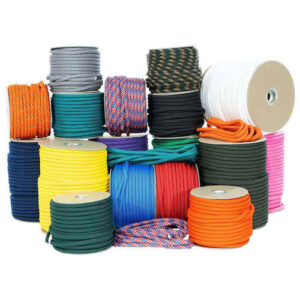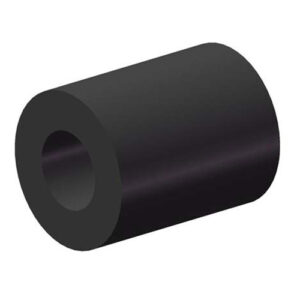Key Features of Docking Equipment
1. Design and Structure of Docking Equipment
Docking equipment features rugged construction tailored to handle the forces and variables involved in berthing. Components such as bollards, quick release hooks, dock cleats, and mooring arms come in space-efficient designs for easy integration into port structures or vessel decks.
2. Docking Equipment Material
Each unit is built using marine-grade materials like galvanized steel, cast iron, or stainless steel. Surface treatments resist corrosion, saltwater exposure, and mechanical stress, which helps ensure consistent performance in demanding port environments.
3. Lifting Capacity of Docking Equipment
While not designed for lifting cargo, many docking components handle extreme loads during berthing. For instance, mooring hooks and bollards can secure lines bearing high tension from vessel displacement and wave forces without failure.
4. Installation and Integration of Docking Equipment
Engineers can install docking systems directly onto piers, quays, or floating docks using standardized mounting configurations. The modular design of many components allows seamless integration with existing infrastructure or new marine construction projects.
5. Safety and Control
This equipment improves port safety by minimizing manual handling and reducing line snap-back risks. Quick release mechanisms, overload indicators, and auto-locking systems give port operators full control over docking procedures, even in emergency situations.
6. Durability and Maintenance of Docking Equipment
With corrosion-resistant coatings and minimal mechanical wear, these systems offer long service life with limited upkeep. Regular visual inspections and occasional lubrication or part replacement are typically all that’s required to keep operations smooth.
7. Versatility
Docking gear serves a broad range of applications, including container ports, naval bases, oil terminals, and inland waterways. From small ferries to large bulk carriers, this equipment adapts to various vessel types and berthing configurations.
8. Compliance and Standards
All systems comply with international port and safety regulations, including OCIMF, ISO, and PIANC standards. They also meet load testing and safety certification criteria set by marine classification societies such as DNV and ABS.






